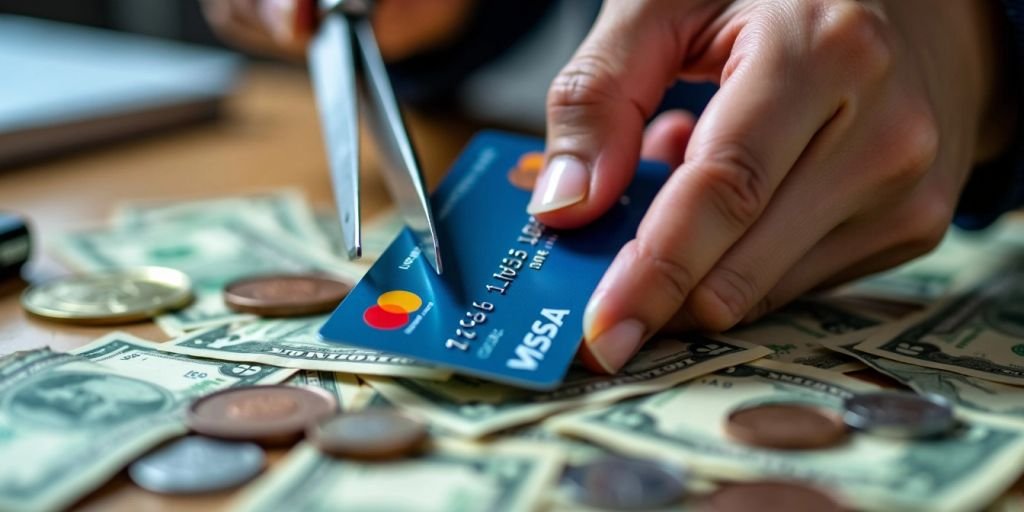Student loan forgiveness programs have become a hot topic in recent years as millions of Americans struggle to pay off their student loan debt. While these programs offer hope and relief for many borrowers, there are also a lot of myths and misconceptions surrounding them. In this article, we will explore the reality of student loan forgiveness programs and debunk some common myths.
Myth #1: Student loan forgiveness is automatic for everyone.
One of the biggest misconceptions about student loan forgiveness programs is that they are automatically granted to all borrowers. In reality, most forgiveness programs have specific eligibility requirements that must be met in order to qualify. These requirements often include factors such as income level, type of loan, and employment status. It is important for borrowers to carefully review the eligibility criteria for each program before assuming they will qualify for forgiveness.
Myth #2: Student loan forgiveness means you don’t have to pay back any of your loans.
While some student loan forgiveness programs do forgive a portion or all of a borrower’s loan balance, not all forgiveness programs work this way. For example, Public Service Loan Forgiveness (PSLF) requires borrowers to make 120 qualifying payments while working in a public service job before their remaining loan balance is forgiven. Similarly, income-driven repayment plans may forgive any remaining balance after 20 or 25 years of qualifying payments. It is important for borrowers to understand the terms and conditions of each forgiveness program they are considering.
Myth #3: Student loan forgiveness is a quick and easy process.
Another common myth about student loan forgiveness is that it is a quick and easy process. In reality, applying for and receiving loan forgiveness can be a complex and time-consuming process. Borrowers may need to submit paperwork, provide proof of eligibility, and meet certain deadlines in order to qualify for forgiveness. Additionally, forgiveness programs may have limited funding and be subject to changes in legislation, which can affect the availability of forgiveness in the future. It is important for borrowers to be patient and persistent when seeking loan forgiveness.
Myth #4: Student loan forgiveness is a free pass to stop making payments.
While some forgiveness programs may eliminate a borrower’s remaining loan balance, it is not a free pass to stop making payments on their loans. In most cases, borrowers are still required to make regular payments on their loans while they are pursuing forgiveness. Failure to make payments can result in defaulting on the loan, which can have serious consequences such as damage to credit score, wage garnishment, and legal action. It is important for borrowers to continue making timely payments on their loans until they have received confirmation of forgiveness.
In conclusion, student loan forgiveness programs offer hope for many borrowers struggling with student loan debt, but it is important to separate fact from fiction when it comes to these programs. By debunking common myths and understanding the reality of student loan forgiveness, borrowers can make informed decisions about their repayment options and work towards a debt-free future.




